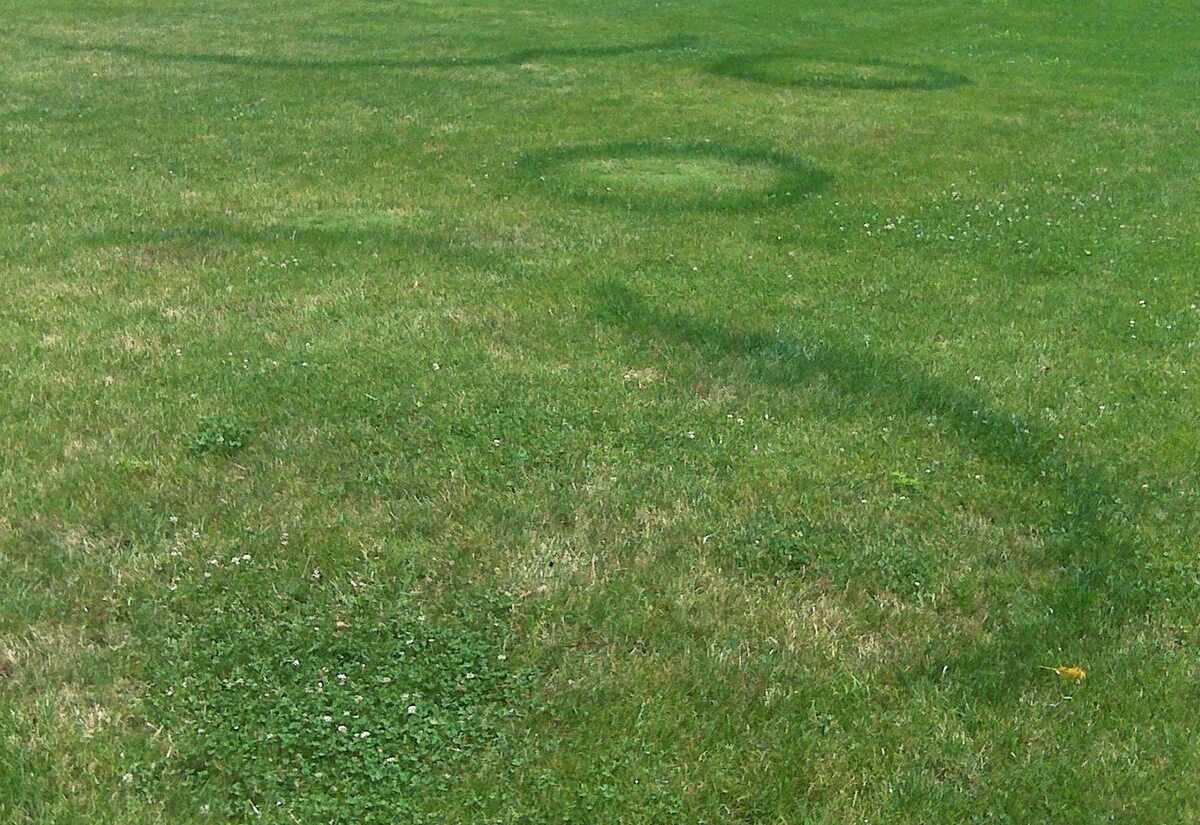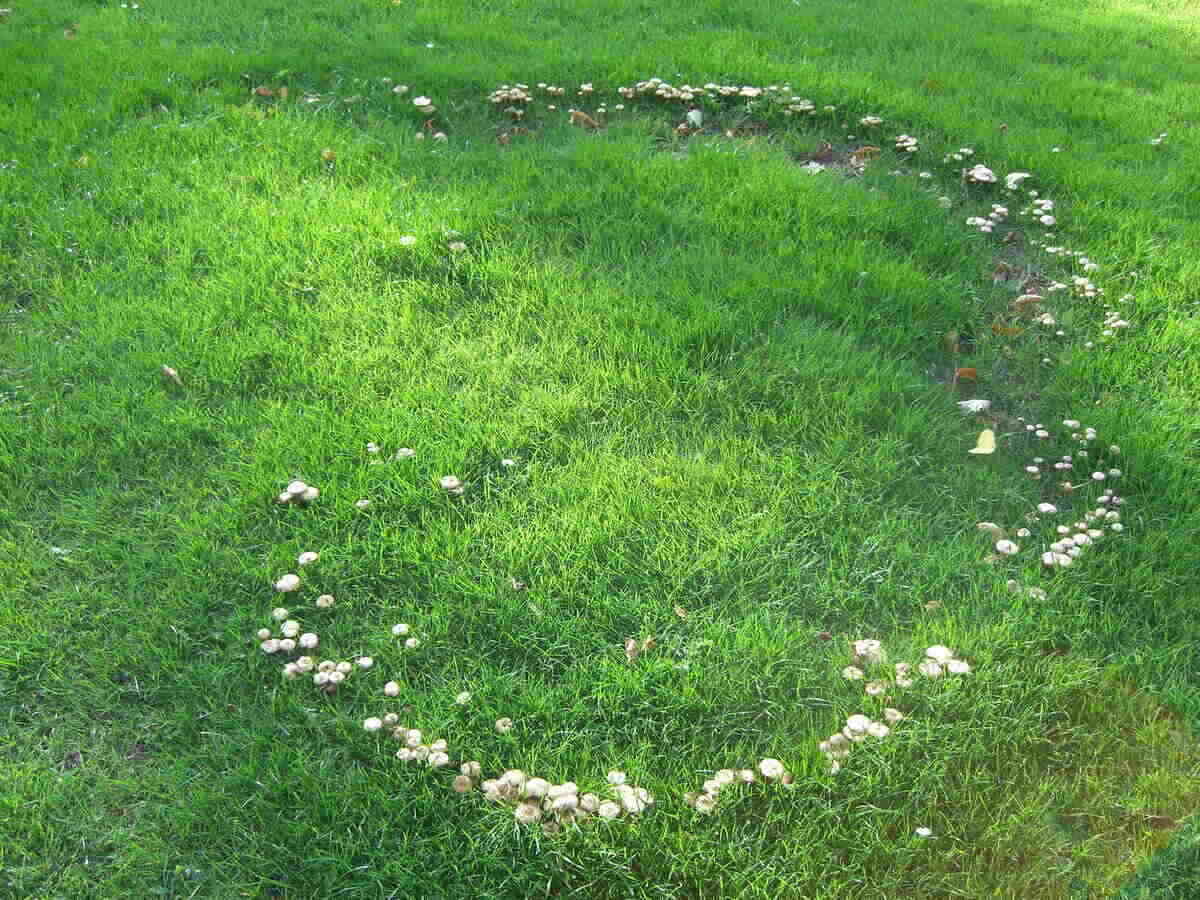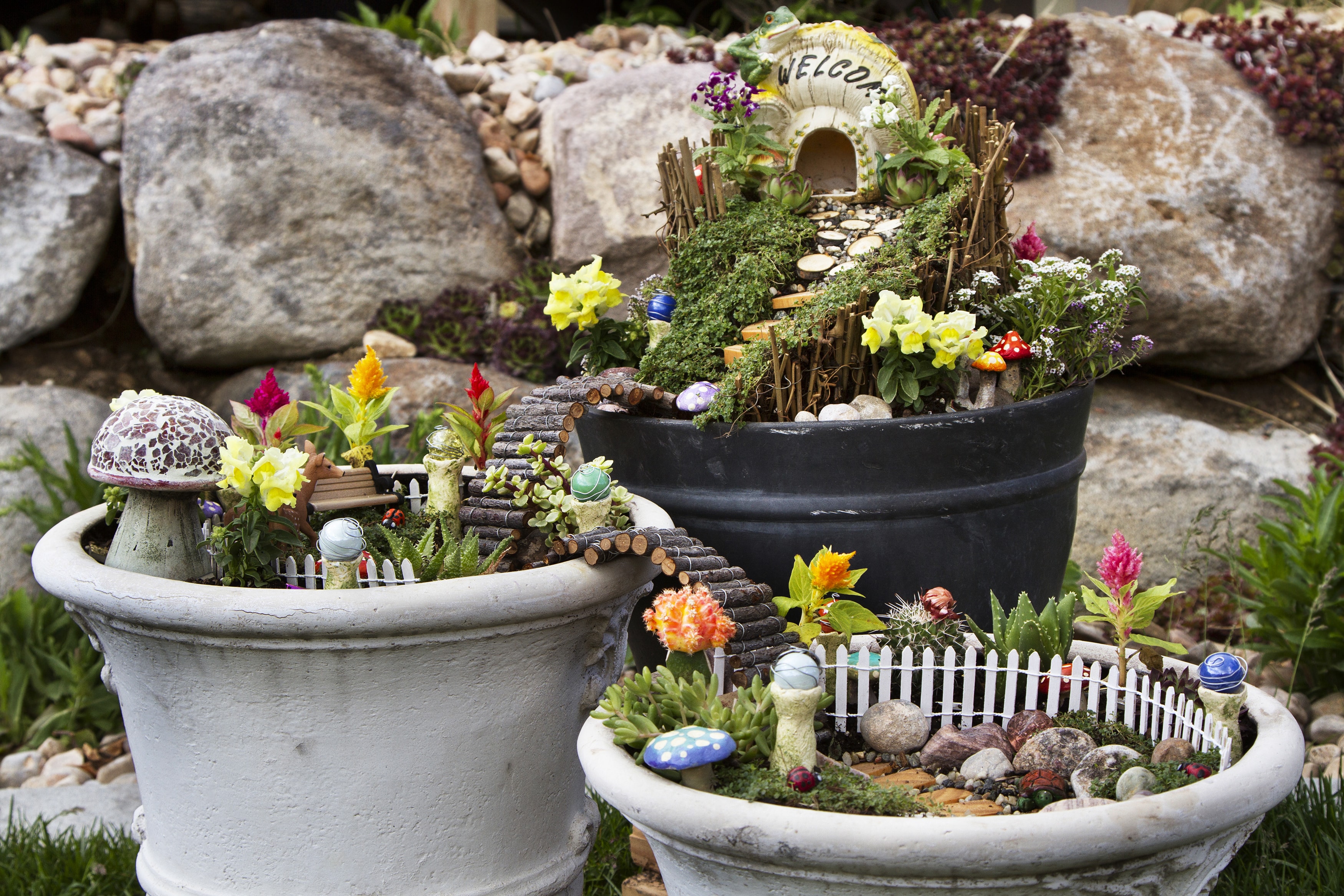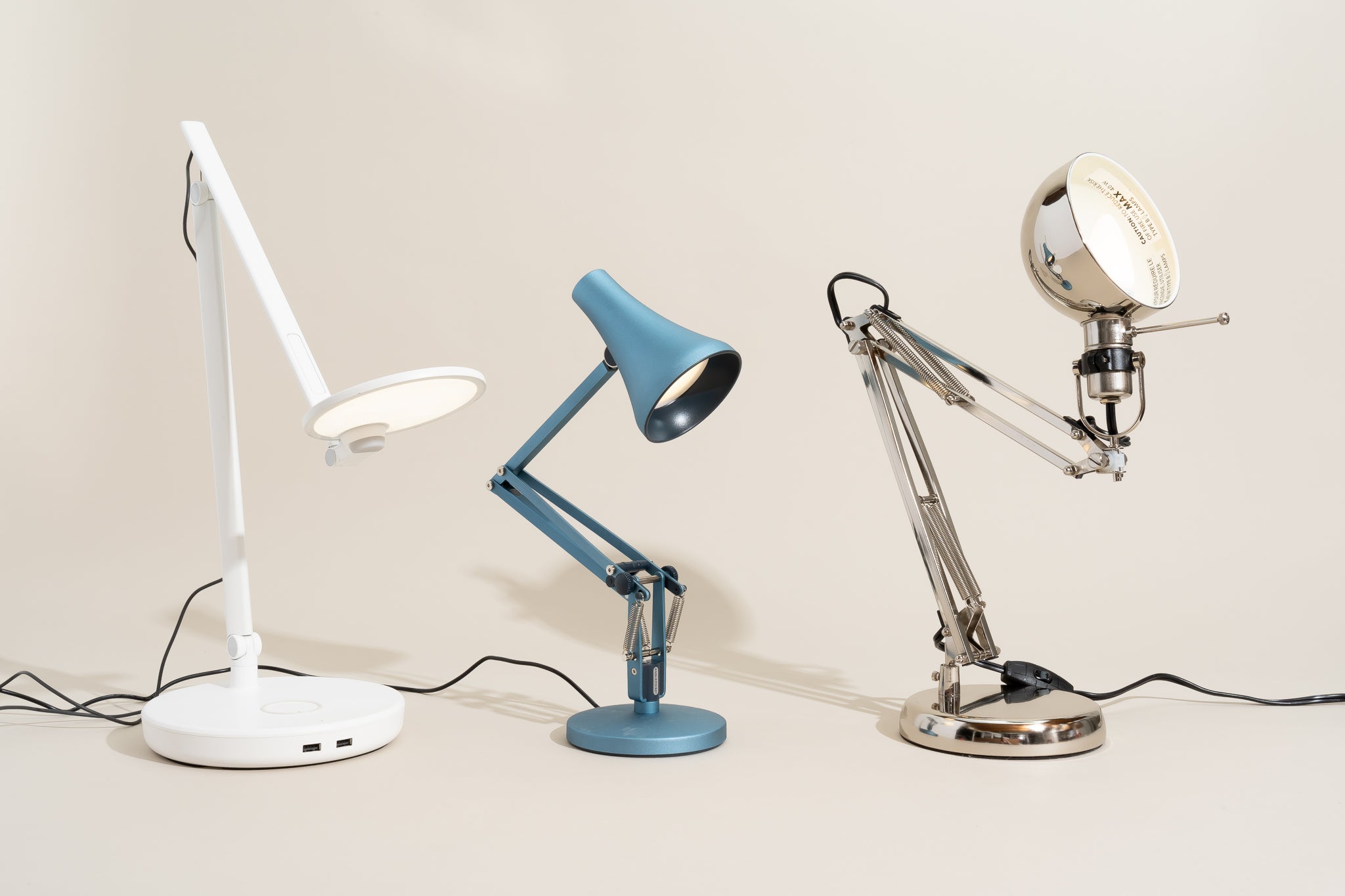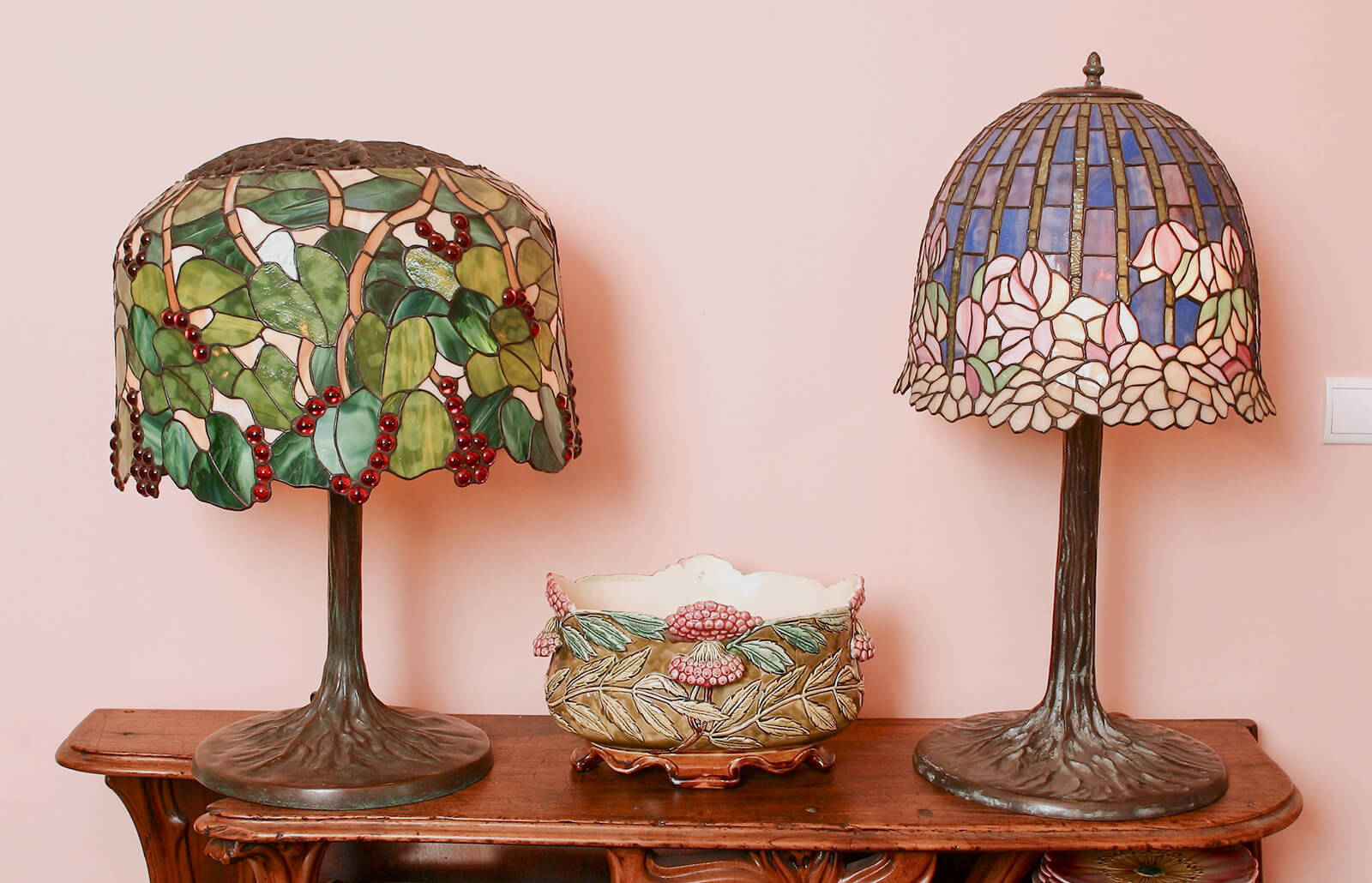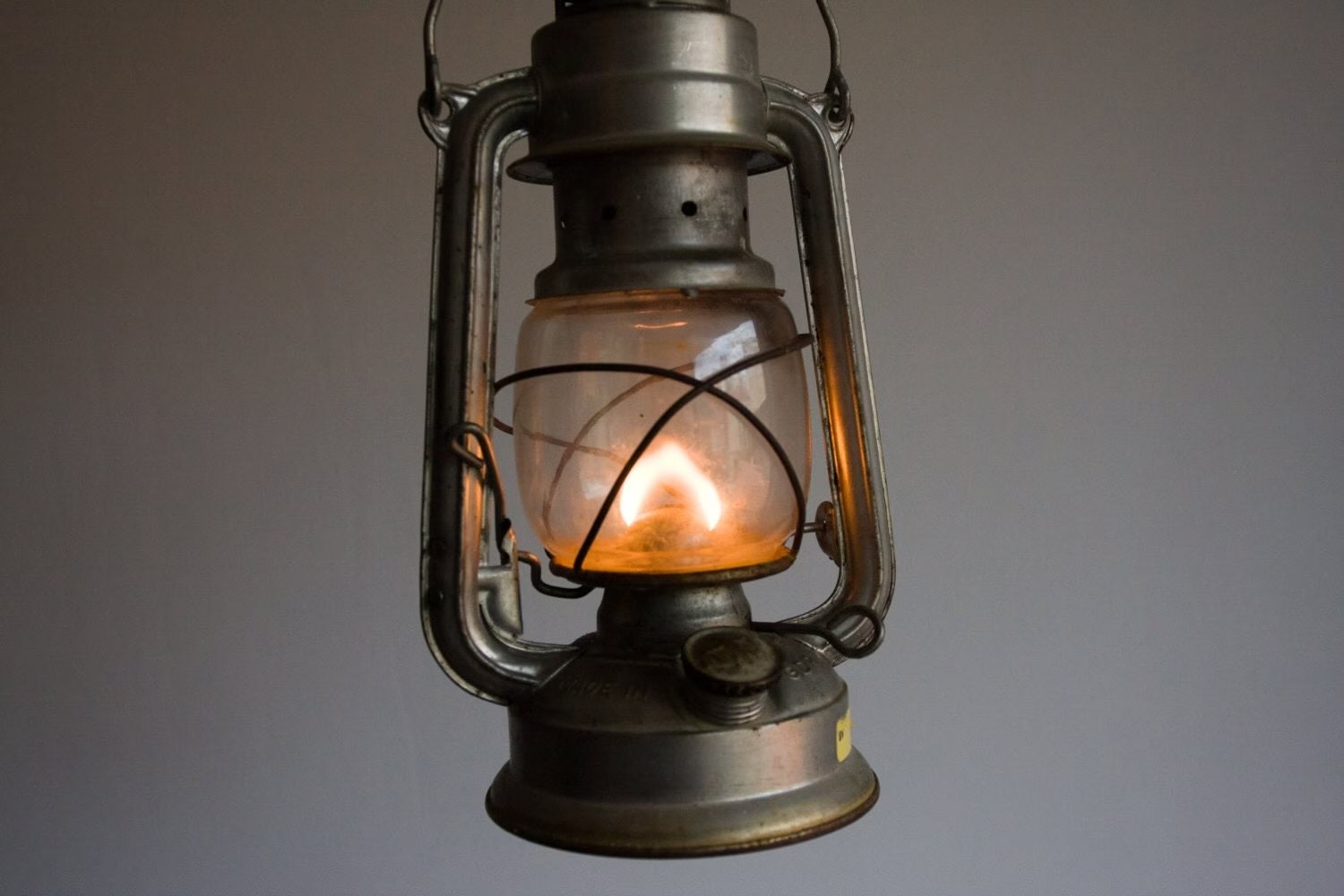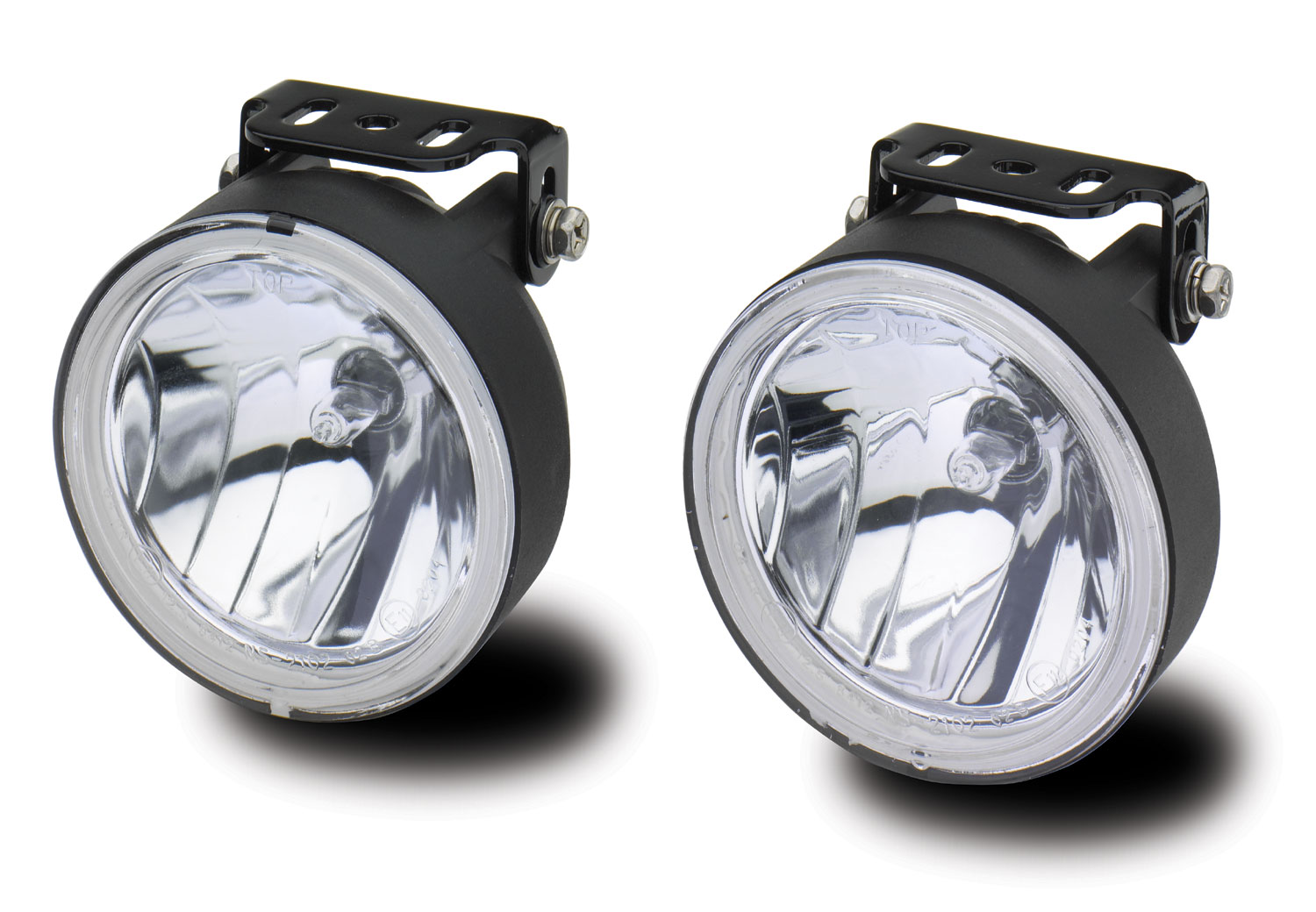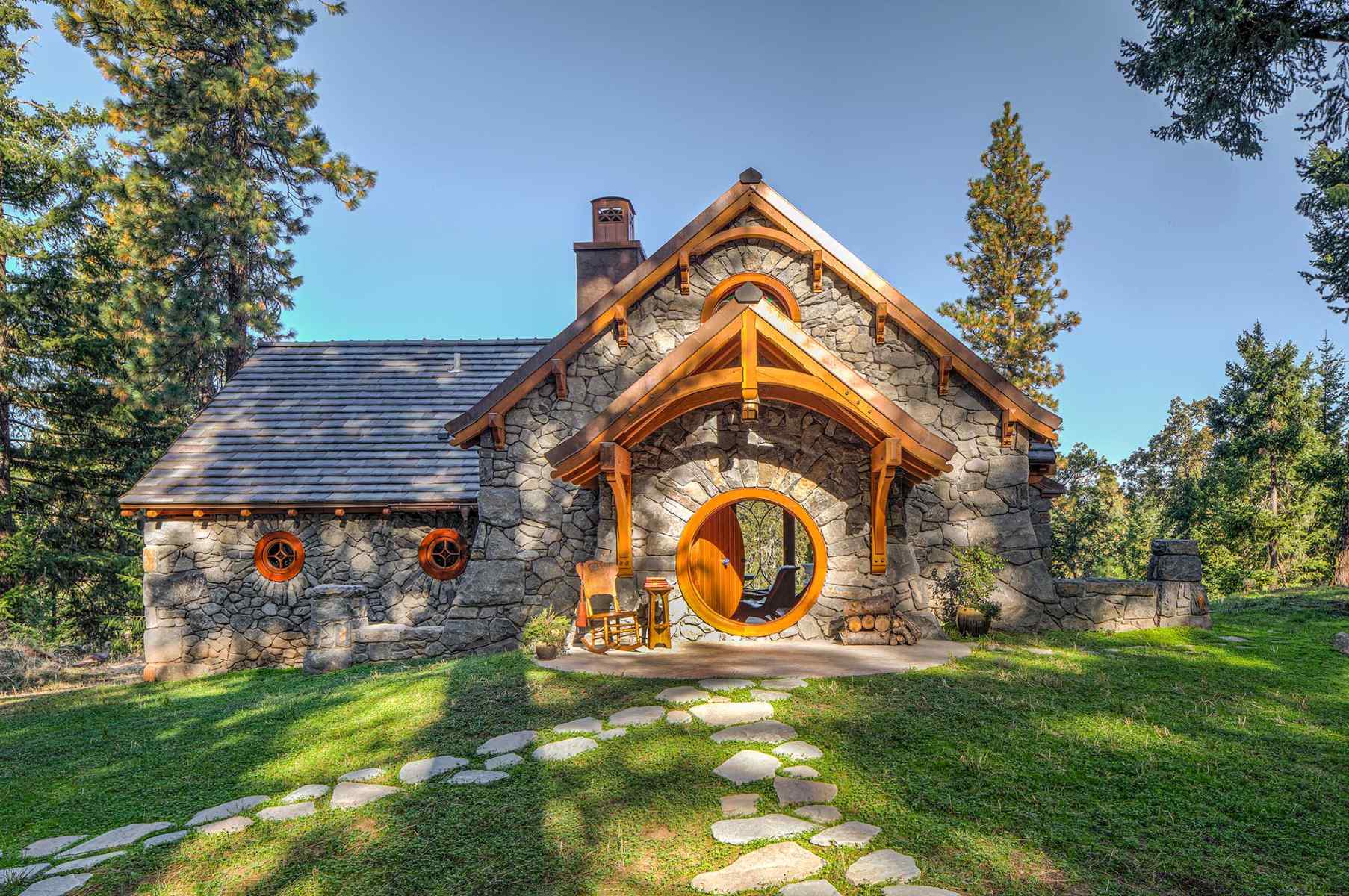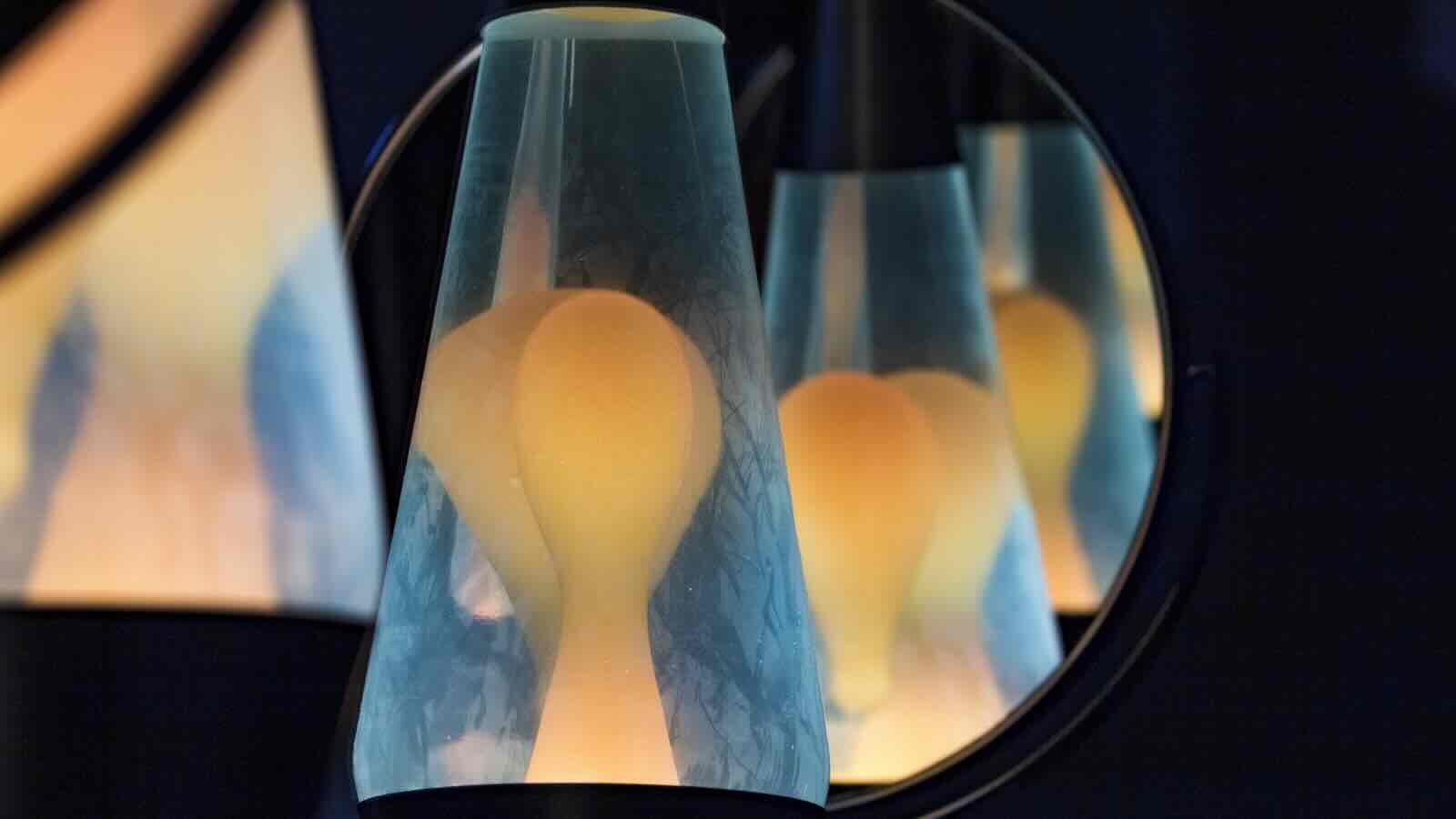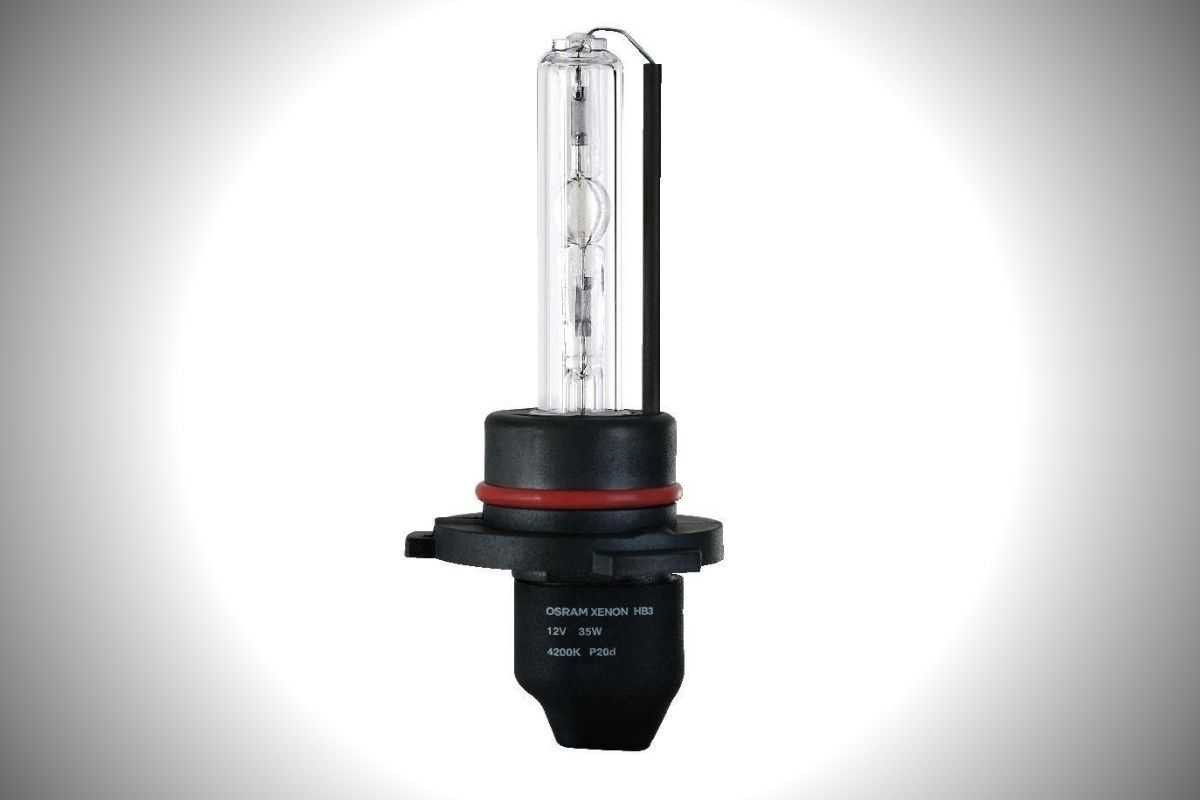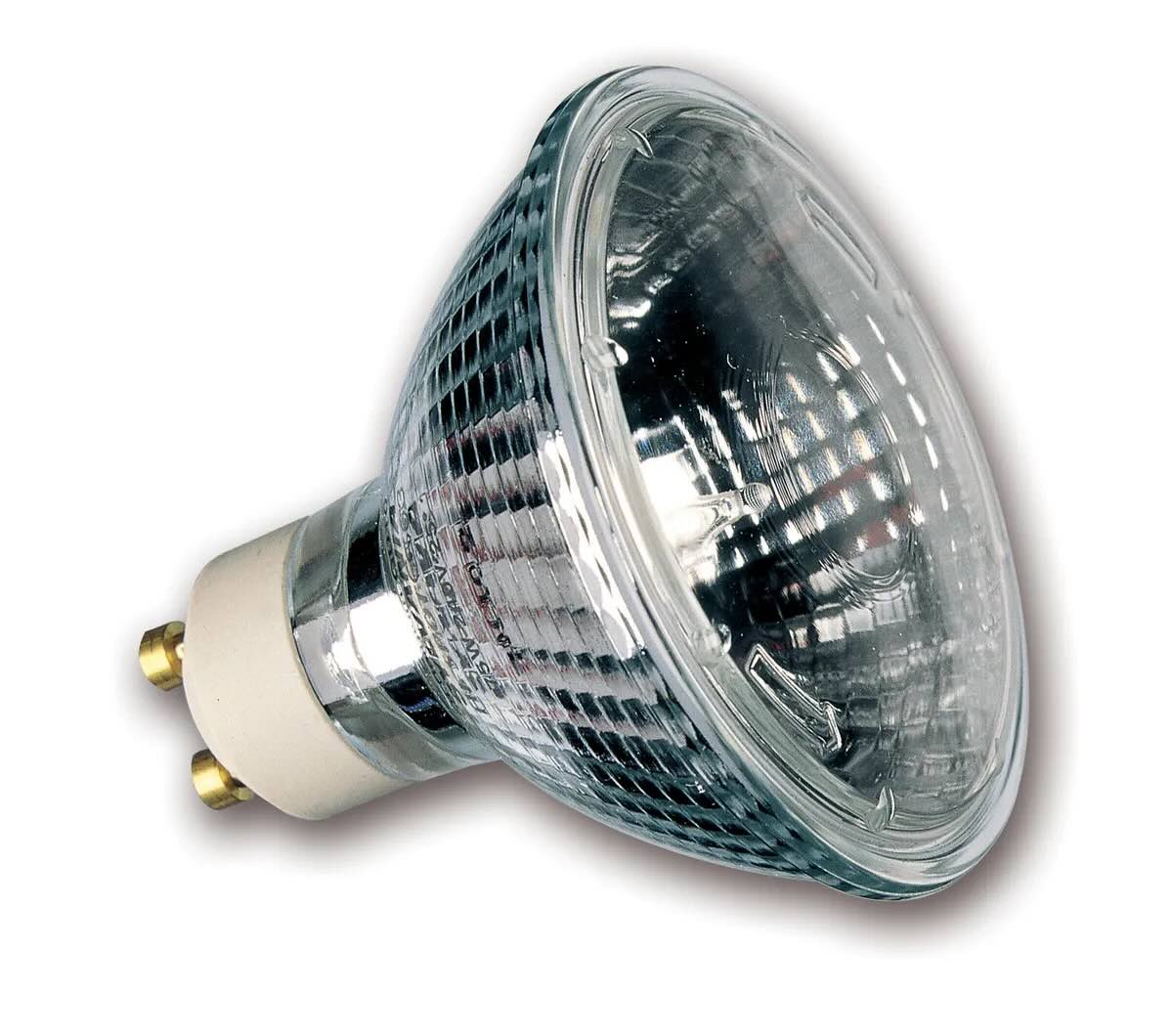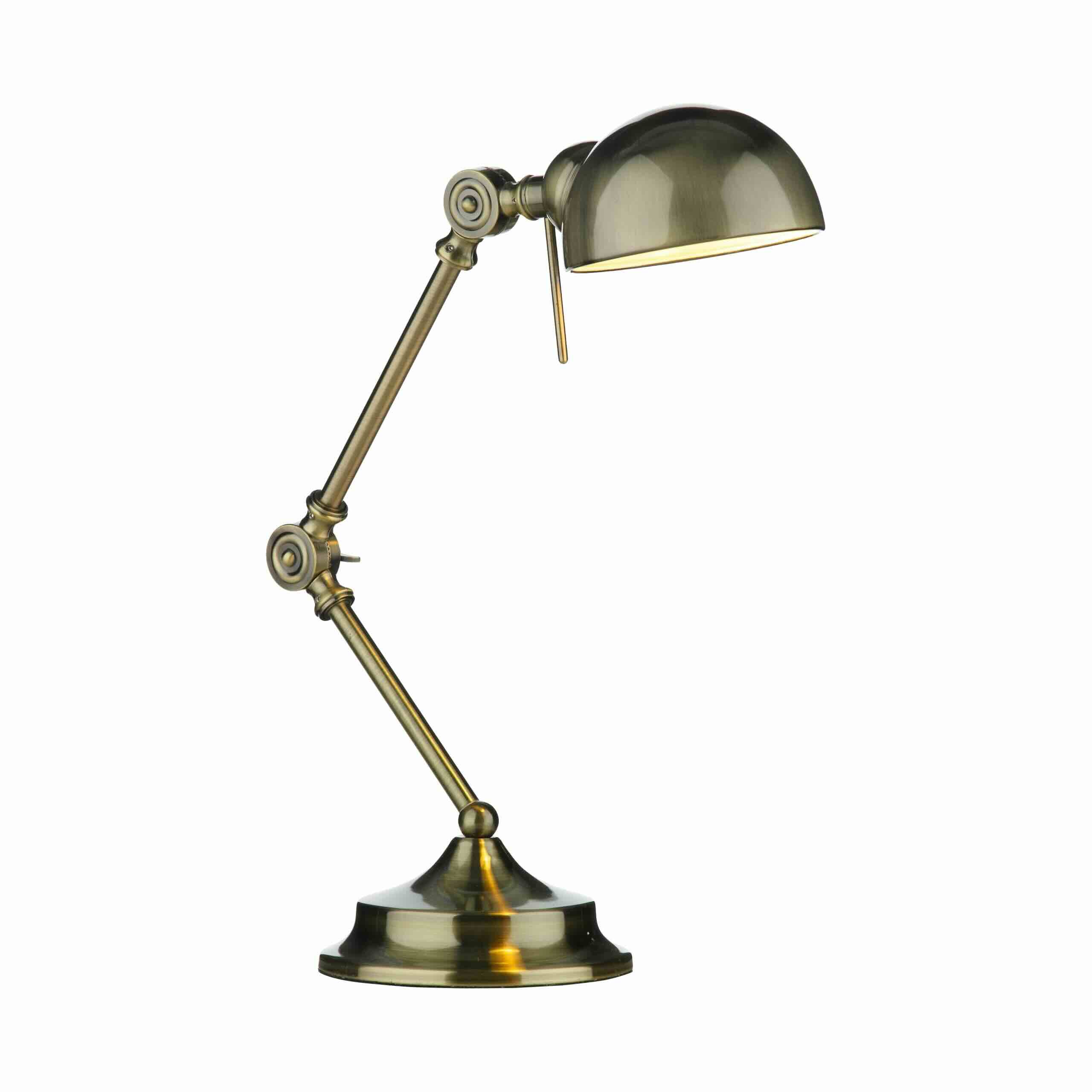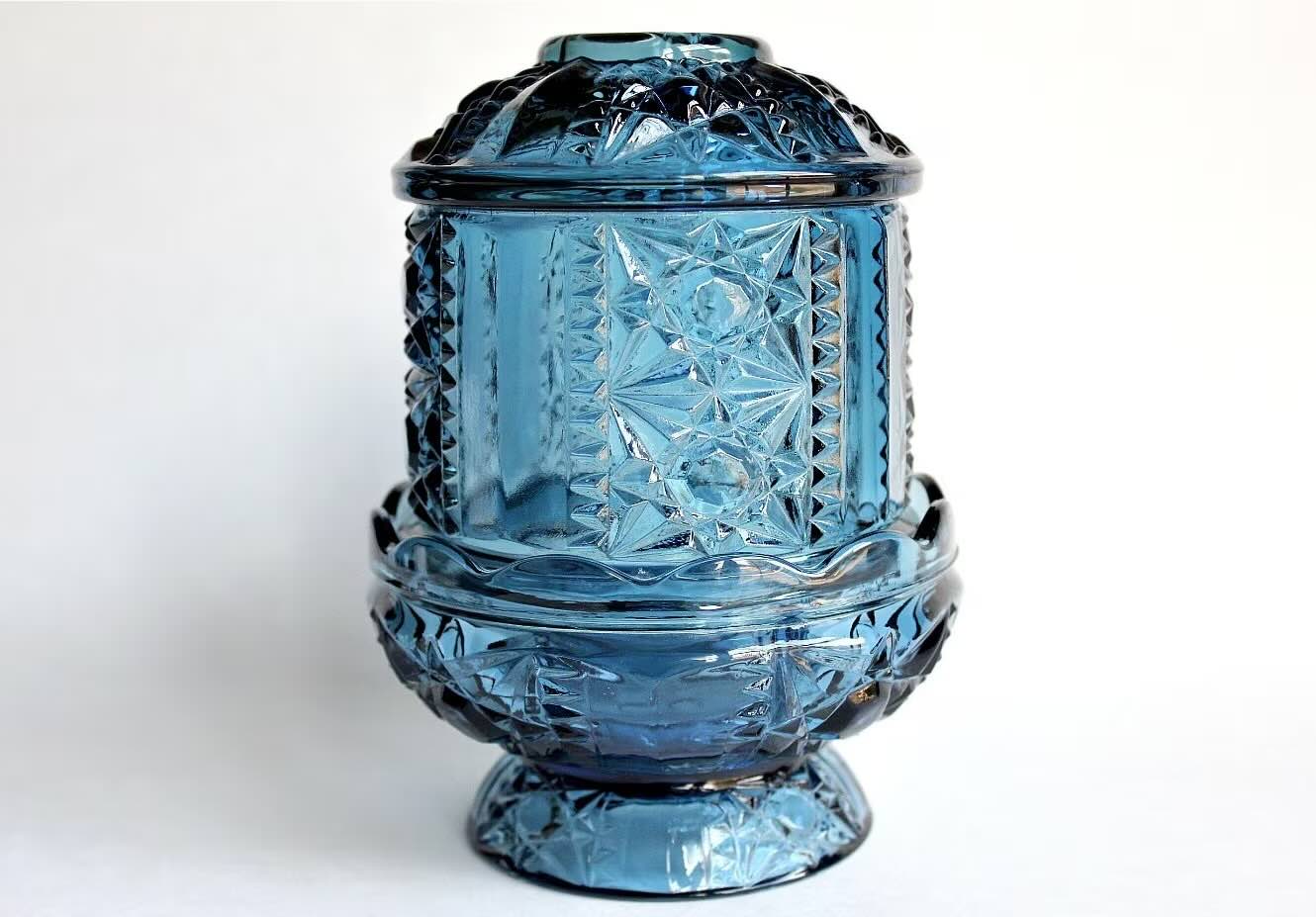

Furniture
What Is A Fairy Lamp
Modified: March 1, 2024
Discover the enchanting world of fairy lamps and how they can add a touch of magic to your furniture. Learn about their history, design, and where to find the perfect fairy lamp for your home.
(Many of the links in this article redirect to a specific reviewed product. Your purchase of these products through affiliate links helps to generate commission for Storables.com, at no extra cost. Learn more)
Introduction
Fairy lamps, with their delicate and enchanting designs, have captivated people’s imaginations for centuries. These small luminous treasures, also known as fairy lights or elfin lamps, add a touch of magic and whimsy to any space. Whether used as a decorative piece or a source of soft ambient light, fairy lamps have a charm that is unmatched by other lighting fixtures.
In this article, we will take a closer look at fairy lamps, exploring their definition, history, different types, uses, and even the art of collecting them. So, if you’ve ever been intrigued by these alluring little lights, join us on this journey to discover the enchanting world of fairy lamps.
Key Takeaways:
- Fairy lamps, originating from the Victorian era, are whimsical lighting fixtures that add enchantment to any space. Their delicate designs and soft glow create a captivating and soothing ambiance, making them versatile for both practical and decorative use.
- Collecting fairy lamps has become a popular hobby, offering enthusiasts the opportunity to preserve and appreciate these miniature works of art. From educating oneself to connecting with fellow collectors, the journey of collecting fairy lamps is a rewarding and enchanting experience.
Read more: What Is Fairy Grass
Definition of a Fairy Lamp
A fairy lamp is a small, decorative lighting fixture that typically consists of a glass or ceramic base, adorned with intricate designs, and a removable glass chimney. The lamp is designed to hold a candle or a small electric light source, which emits a warm and soft glow when illuminated.
What sets fairy lamps apart from other types of lighting fixtures is their whimsical and ethereal aesthetic. The intricate patterns and delicate craftsmanship of the base and chimney often depict fairy or nature-themed motifs, such as flowers, butterflies, fairies, or woodland creatures. These intricate designs create captivating shadows and reflections when the lamp is lit, adding to their magical appeal.
Fairy lamps come in various shapes and sizes, ranging from petite table lamps that sit on a nightstand or mantel to hanging lanterns that can be used both indoors and outdoors. The choice of materials can also vary, with some lamps made of colorful stained glass, while others feature opalescent or hand-painted glass. The versatility of fairy lamps allows them to be used as decorative objects during the day, and as ambient light sources during the evening.
It’s important to note that the name “fairy lamp” is not limited to just one specific style or design. Over time, the term has evolved to encompass a wide range of luminous creations that evoke a sense of magic and wonder. From vintage collectibles to modern interpretations, fairy lamps continue to enchant and inspire people of all ages.
History of Fairy Lamps
The history of fairy lamps can be traced back to the Victorian era, a time when ornate and decorative objects were highly valued. It was during this period, specifically in the late 19th and early 20th centuries, that fairy lamps gained popularity as fashionable lighting accessories.
The origins of fairy lamps can be attributed to the renowned glass manufacturer, Fenton Art Glass Company, located in West Virginia, USA. Fenton, known for its exquisite glassware, introduced the concept of fairy lamps in the late 1800s. Inspired by the enchanting tales of fairies and magical creatures, Fenton created a line of glass lamps that would bring a touch of whimsy and fantasy to Victorian homes.
During the Victorian era, fairy lamps were not only seen as sources of light but were also treasured as decorative pieces. The lamps were often displayed on delicate glass pedestals, adding an elegant touch to parlors, bedrooms, and dining rooms. They were especially popular among the upper class and became a symbol of luxury and refinement.
As fairy lamps gained popularity, other glass manufacturers and artisans around the world began creating their own versions of these enchanting lights. Some notable names in the fairy lamp industry include Moser Glassworks in the Czech Republic, Thomas Webb & Sons in England, and Northwood Glass Company in the United States.
By the early 20th century, advancements in technology brought about electric lighting, which eventually led to a decline in the production of traditional fairy lamps. However, the allure of these whimsical lights persisted, and today, they continue to be produced by contemporary glass artists and cherished by collectors around the world.
Throughout history, fairy lamps have held a special place in the hearts of many. They not only illuminate spaces but also evoke a sense of nostalgia and wonder, transporting us to a world of magic and enchantment.
Types of Fairy Lamps
Fairy lamps come in a variety of styles, each with its own unique charm. Here are some of the most popular types of fairy lamps:
- Glass Fairy Lamps: These are the traditional fairy lamps crafted from glass. They often feature intricate cut or pressed patterns on the base and chimney, creating beautiful light patterns when the lamp is lit. Glass fairy lamps can be clear or colored and are available in a wide range of shapes and designs.
- Ceramic Fairy Lamps: Ceramic fairy lamps are made from clay or porcelain and are known for their delicate and whimsical designs. They are often hand-painted with intricate details, such as flowers, fairies, or other nature-inspired motifs. Ceramic fairy lamps can add a touch of charm to any space.
- Stained Glass Fairy Lamps: Stained glass fairy lamps are a fusion of art and light. These lamps feature colorful pieces of stained glass soldered together to create intricate designs. When illuminated, the stained glass comes to life, casting a vibrant and mesmerizing glow.
- Hanging Fairy Lamps: While most fairy lamps are designed to sit on a surface, there are also hanging versions available. These lantern-style fairy lamps can be suspended from ceilings or outdoors, adding a magical touch to any space. Hanging fairy lamps often feature intricate metalwork or glass enclosures to protect the light source.
- Collectible Fairy Lamps: Collectors around the world seek out rare and unique fairy lamps. These collectibles can come in various materials, designs, and ages, making each piece a treasure to be cherished. Some collectors focus on specific glass manufacturers or historical periods, while others simply acquire fairy lamps that resonate with their personal tastes.
Whether you prefer the elegance of glass, the whimsy of ceramics, or the dazzling colors of stained glass, there is a fairy lamp to suit every style and preference.
It is worth noting that these are just a few examples of the many types of fairy lamps available. This eclectic variety ensures that there is a fairy lamp for every taste and decor style, allowing you to add a touch of enchantment to any space.
A fairy lamp is a small decorative lamp that was popular in the late 19th and early 20th centuries. It typically consists of a glass shade and a small candle or oil lamp inside, and was often used for decorative or night lighting.
How Fairy Lamps Are Used
Fairy lamps serve both practical and decorative purposes, making them versatile additions to any space. Here are some common ways in which fairy lamps are used:
- Ambient Lighting: The soft and gentle glow emitted by fairy lamps creates a cozy and calming ambiance. These small lights are perfect for creating a warm and inviting atmosphere in bedrooms, living rooms, or any space where a subtle and soothing light source is desired. They can be used as a primary source of light or as a supplementary lighting option.
- Decorative Accents: Fairy lamps are exquisite decorative pieces. Their intricate designs and magical glow can enhance the aesthetic appeal of any room. They can be used as standalone centerpieces on tables, mantels, or shelves, or incorporated into larger floral arrangements or home decor displays.
- Special Occasions: Fairy lamps add a touch of enchantment to special events and celebrations. Whether it’s a romantic dinner, a wedding reception, or a holiday gathering, the soft glow of fairy lamps can create a magical atmosphere. They can be used as table centerpieces, hung from trees or ceilings, or placed strategically to highlight specific areas of the venue.
- Nightlights: Fairy lamps are ideal as nightlights, especially in children’s bedrooms. The soft glow provides a sense of comfort and security, helping to create a peaceful and soothing environment for sleep. Additionally, the whimsical designs of fairy lamps can ignite a child’s imagination and make bedtime a more enjoyable experience.
- Garden and Outdoor Decor: Hanging fairy lamps can be used to create an enchanting outdoor space. They can be suspended from trees, pergolas, or outdoor structures to add a touch of magic to gardens, patios, or porches. The gentle glow of fairy lamps can transform an ordinary outdoor setting into a magical oasis.
With their versatility in both function and design, fairy lamps offer countless opportunities to infuse spaces with a touch of wonder and beauty.
As with any lighting fixture, it’s essential to consider safety precautions when using fairy lamps. Ensure proper ventilation and placement, especially when using candles, and always follow the manufacturer’s instructions for electric fairy lamps. By doing so, you can safely enjoy the ethereal glow and enchantment that fairy lamps bring to your surroundings.
Read more: What Is A Fairy Garden
Collecting Fairy Lamps
Collecting fairy lamps has become a popular hobby among enthusiasts who appreciate the beauty and charm of these miniature luminaries. Here are some tips and insights for those interested in starting their own fairy lamp collection:
- Educate Yourself: Before diving into collecting fairy lamps, take the time to research and learn about different styles, manufacturers, and historical periods. Familiarize yourself with the characteristics and markings of authentic fairy lamps to help you identify genuine pieces and avoid replicas or reproductions.
- Visit Antique Shops and Fairs: Antique shops, flea markets, and vintage fairs are great places to find unique and rare fairy lamps. These venues often have a wide selection of vintage and antique pieces, allowing you to explore and discover hidden treasures.
- Connect with Other Collectors: Joining collector groups, online forums, or attending collectors’ conventions can provide a wealth of knowledge and opportunities to connect with fellow enthusiasts. Sharing stories, experiences, and insights with others who share your passion can enhance your collecting journey.
- Condition and Authenticity: When purchasing fairy lamps, pay attention to the condition of the piece. Look for any cracks, chips, or repairs that may affect its value. Additionally, verify the authenticity of the lamp by examining the manufacturer’s markings or consulting experts in the field.
- Focus on Themes or Manufacturers: Some collectors prefer to specialize in specific themes or manufacturers. Whether you are drawn to a particular glass company or interested in collecting fairy lamps with certain motifs, having a focused collection can add depth and coherence to your assemblage.
- Display and Preservation: Once you have started collecting fairy lamps, it’s important to properly display and preserve your treasures. Consider investing in display cases or shelves with proper lighting to showcase your collection while protecting it from dust and damage. Take care to handle the lamps gently and store them in a secure location when not on display.
- Appraisals and Insurance: As your collection grows, you may want to consider getting appraisals for insurance purposes. Having your fairy lamps professionally appraised will help determine their value and ensure they are adequately insured against loss or damage.
Collecting fairy lamps can be a rewarding and enjoyable experience. Not only do you acquire beautiful and unique pieces, but you also become a custodian of their history and craftsmanship. So, start your journey into the magical world of fairy lamp collecting, and let the enchantment illuminate your collection.
Conclusion
Fairy lamps have a timeless enchantment that has captivated people for generations. These small but magical lighting fixtures add a touch of whimsy and beauty to any space. From their intricate designs to the soft glow they emit, fairy lamps create an ambiance that is both captivating and soothing.
Throughout history, fairy lamps have evolved in style and design, with various materials and techniques being used to create these luminous treasures. Glass, ceramic, and stained glass fairy lamps in different shapes, sizes, and themes offer something for every collector or enthusiast.
The history of fairy lamps tells a story of craftsmanship and artistry. From the Victorian era to the present day, these little lamps have brought joy and fascination to countless individuals. They were not just functional lighting fixtures but prized possessions that adorned elegant homes and sparked the imagination.
Today, collecting fairy lamps has become a popular hobby, with enthusiasts seeking out and preserving these exquisite pieces of art. The thrill of discovering hidden gems and understanding the history behind each lamp adds an extra layer of excitement to the collecting experience.
Whether used as ambient lighting, decorative accents, or collectible treasures, fairy lamps continue to cast an enchanting spell over those who appreciate their beauty. They create a sense of wonder and nostalgia, transporting us to a world where fairies dance and magic is real.
So, if you’re fascinated by the allure of fairy lamps, embrace the magic and start your own collection. Whether you choose to admire them for their artistic value, enjoy their soft glow, or simply marvel at their intricate designs, fairy lamps will continue to hold a special place in the hearts of those who appreciate their charm.
Let the fairy lamps light up your space and ignite your imagination, as these whimsical treasures illuminate the beauty and magic that exists in our world.
Frequently Asked Questions about What Is A Fairy Lamp
Was this page helpful?
At Storables.com, we guarantee accurate and reliable information. Our content, validated by Expert Board Contributors, is crafted following stringent Editorial Policies. We're committed to providing you with well-researched, expert-backed insights for all your informational needs.
